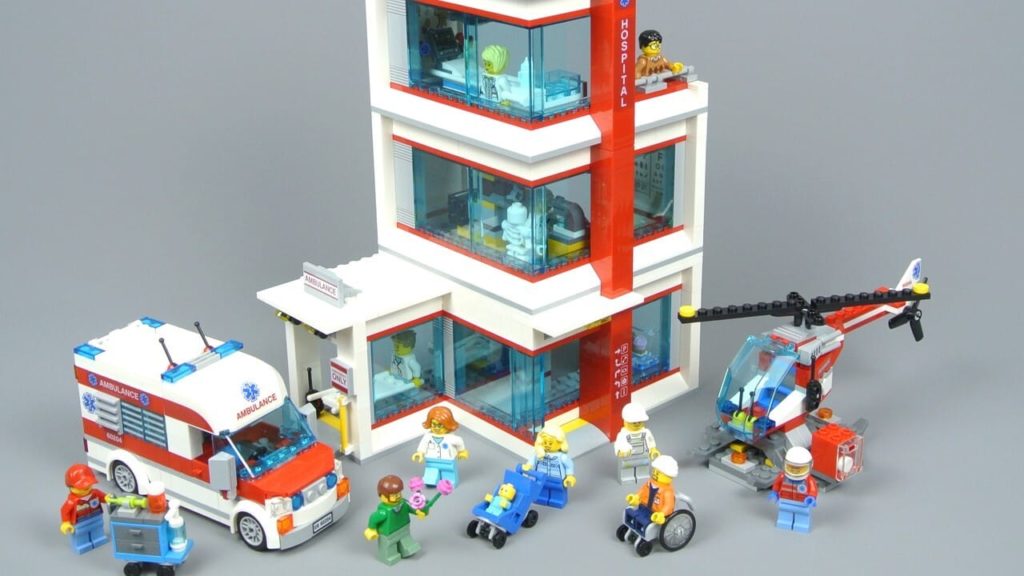The end of this week has Groundhog’s Day vibes to it.
Yesterday, I wrote about falling net prices, which is something that I’ve been writing about for years even though the fundamental truth of the matter — medicine prices now fall year-over-year, often dramatically, after they hit the market — has not yet become conventional wisdom.
And today, I’m reading over this AIR340B analysis that found that America’s disproportionate share hospitals — a key piece of our health care safety net — are making $44 billion in profits and only diverting $18.5 billion of that largess back into charity care. The AIR340B analysis estimates that means that 85% of hospitals are taking more than they’re giving back.
Like “net prices are falling,” the idea that “hospitals are pocketing 340B dollars without ensuring patient benefit” is not a remotely new concept, and there is a huge stack of papers quantifying that phenomenon from a bunch of different angles.
And yet … there doesn’t seem to be a constituency for meaningfully changing that dynamic, so I keep writing the same thing, over and over again, with “I Got You Babe” echoing in my head.
I have a handful of overlapping theories here:
No one is paying attention. The AIR340B report, which provides a valuable data point, hasn’t been picked up at all by media. Sure, you all are reading it, and I’m reading it, but there just aren’t channels by which this kind of thing gets to the public.
It’s too complex. I’m struck by the fact that the AIR340B report hit the same week that the Lown Institute released a look at hospital tax breaks and charity care, with largely analogous findings: in 80% of cases, those tax breaks are bigger than what hospitals provide in charity care. But people understand tax breaks, which makes it easier for WaPo, STAT, Fierce, etc. to cover that story.
Hospitals are facing legitimate struggles. To be clear: not all hospitals are struggling, and not all struggles are equivalent, but there are certainly some institutions where 340B is probably a lifeline, regardless of how those funds are used.
No one likes to be mean to hospitals. These are the places that employ the nurse who lives next door and the place where your kids were born. There is a certain halo effect there that makes it difficult to press too hard, especially if the party on the other side of the dispute is the pharmaceutical industry. And if you’re a politician, are you really going to go after the largest employer of your constituents?
It’s possible that I’m being too cynical. It took about six or seven years for PBMs to go from a foreign concept to a topic ripe for thoughtful legislative action, and maybe we’re just early on the 340B curve. After all, there are members of Congress getting engaged (if you want to weigh in on an early, exploratory effort, you have until Monday).
ngl: I didn’t expect payers to begin covering Wegovy in Medicare (for patients with obesity and heart disease) quite this quickly, but Elevance and Kaiser are apparently going to reimburse, which is good news for patients. Credit to the WSJ here, which scooped the news.
Bernie Sanders is nothing if not opportunistic. Bloomberg says he’s asking to meet with the CEO of Novo Nordisk, Lars Fruergaard Jørgensenon, to talk about GLP-1 prices, using the threat of a congressional hearing as a stick. I’m not a CEO, so this is easy for me to say, but I’d be spoiling for that fight a little. There’s some appeal to the chance to highlight investment, clinical benefit, cost-effectiveness, and the fact that another member of the class is going generic this year (the system at work!). I know that’s a naive take, and that any public discussion would devolve into a show trial, but the GLP-1 story here is not a political slam dunk.
It’s dangerous to talk about politics or religion with people you don’t know. When it comes to health wonks, you can add QALYs to that list. Love ‘em or hate ‘em, QALYs are a part of the landscape, which means that you should probably read the new paper by Peter Neumann and colleagues from Tufts and McMaster University. It examined more than 4,000 cost-effectiveness assessments according to age and found, “There is no evidence suggesting that the use of QALYs in CEAs has systematically discriminated against older people.”
If this email was forwarded to you, and you’d like to become a reader, click here to see back issues of Cost Curve and subscribe to the newsletter.





